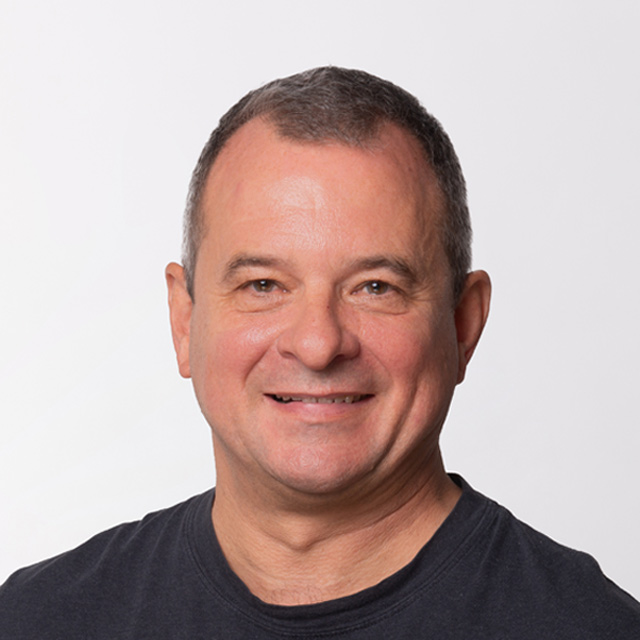
Indium
TM
Indium
TM
Indium for sale
TRADIUM is a registered REACH distributor (Registration, Evaluation, Authorisation and Restriction of Chemicals) for indium and therefore meets the highest requirements in terms of transparency and information transfer along the supply chain.
At TRADIUM, indium is available in the following forms for industrial use:
Deliverable forms
Indium metal in the purities of 99,9% to 99,9999%
Indium nitrate in the purities of 99,99% to 99,999%
Indium oxide in the purities of 99,99% to 99,999%
Sheets, rods, granules as well as ingots with different weights
Units
On request
Delivery times
Indium metal in the form of ingots can be delivered promptly from the warehouse in Frankfurt am Main
For other indium products delivery times are on request
Specifications and samples
We offer detailed product specifications and analysis on composition and purity
First samples of indium ingots are available immediately, first samples of indium nitrate and indium oxide are on request
Do you need indium with special delivery forms or specifications?
Please contact us! We will be glad to help you with your request.
Fields of application
The primary area of application is in thin-film technology, in which indium tin oxide (ITO) serves as conductive surface coatings. This can be found on many everyday items such as smart phones, monitors, notebooks and televisions. Furthermore, indium is an indispensible material for photovoltaics and is increasingly being used to produce CIGS thin-film solar modules. In combination with gallium and zinc, indium forms the semiconductor material IGZO (indium gallium zinc oxide), which is required, among other applications, as thin-film transistors for OLED flat screens. In addition, the material is used to produce high-purity low-temperature alloys and solders, including those for mercury-free thermometers but also for the dental and jewelry industries.

Matthias Rüth
Phone: +49 (0)69 50 50 250 - 250
Speaks German, English
Here you can send me a message directly. I will call you back or send the required documents:
*Mandatory fields

Jan Giese
Phone: +49 (0)69 50 50 250 - 237
Speaks German, English
Here you can send me a message directly. I will call you back or send the required documents:
*Mandatory fields
